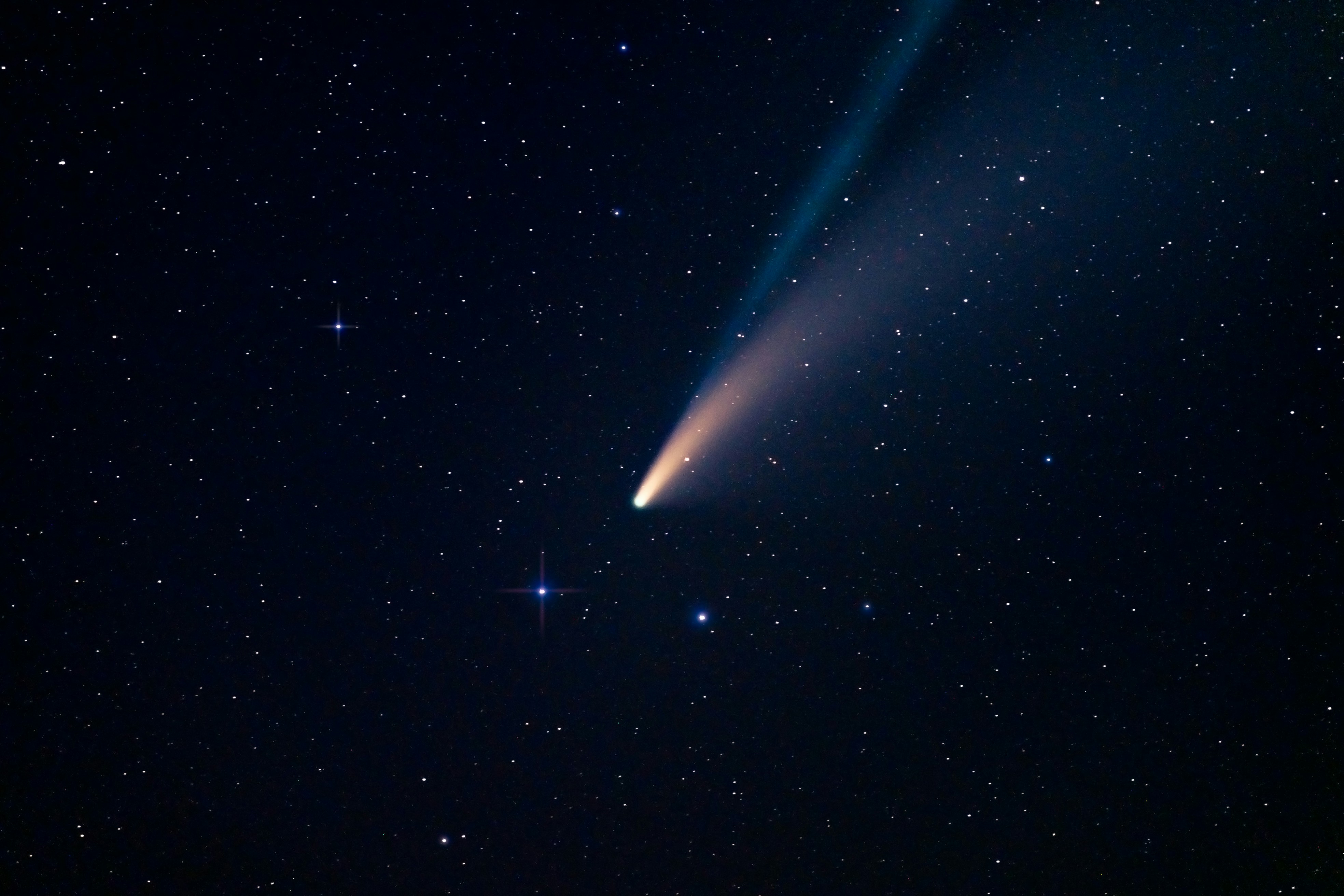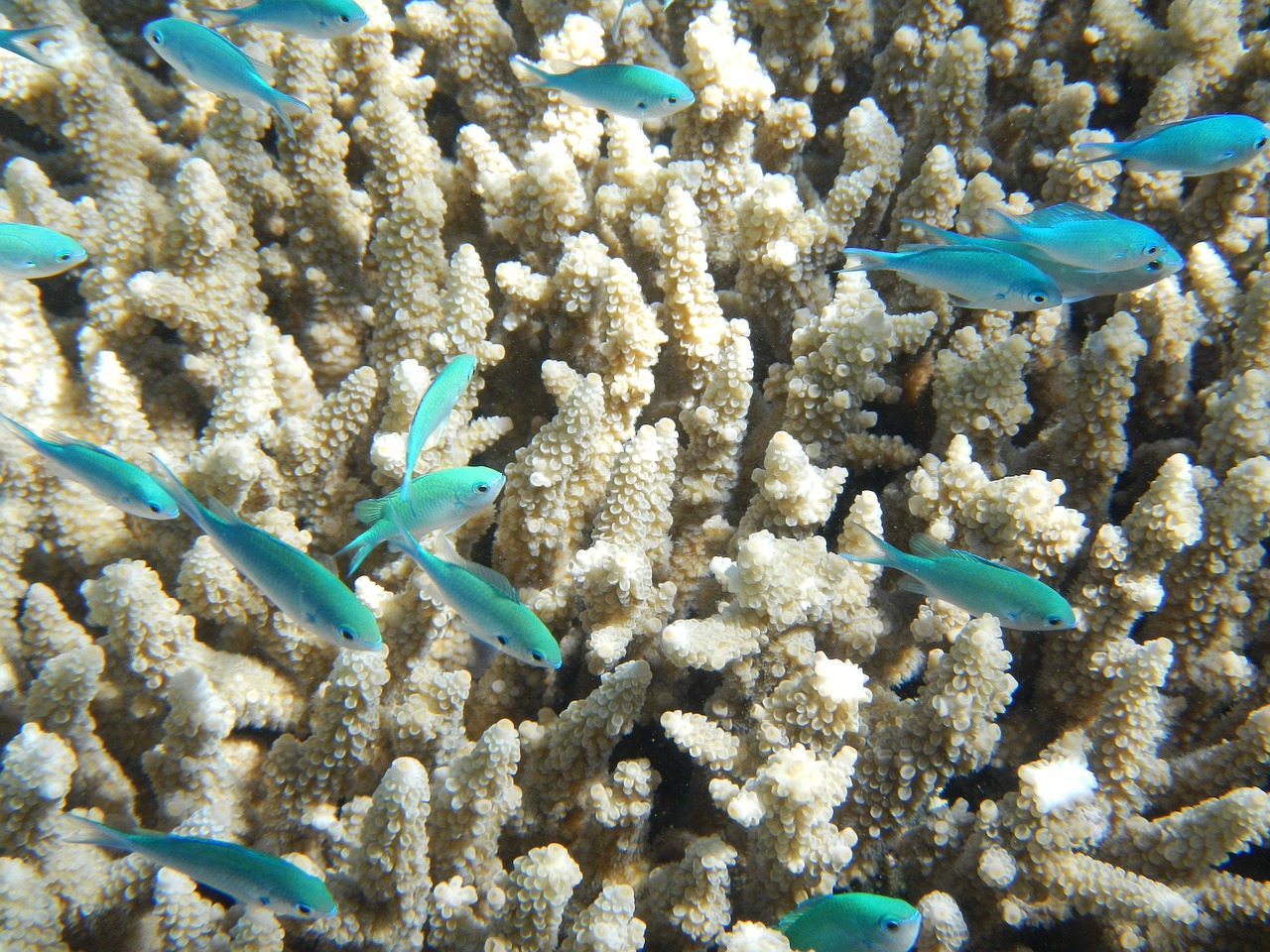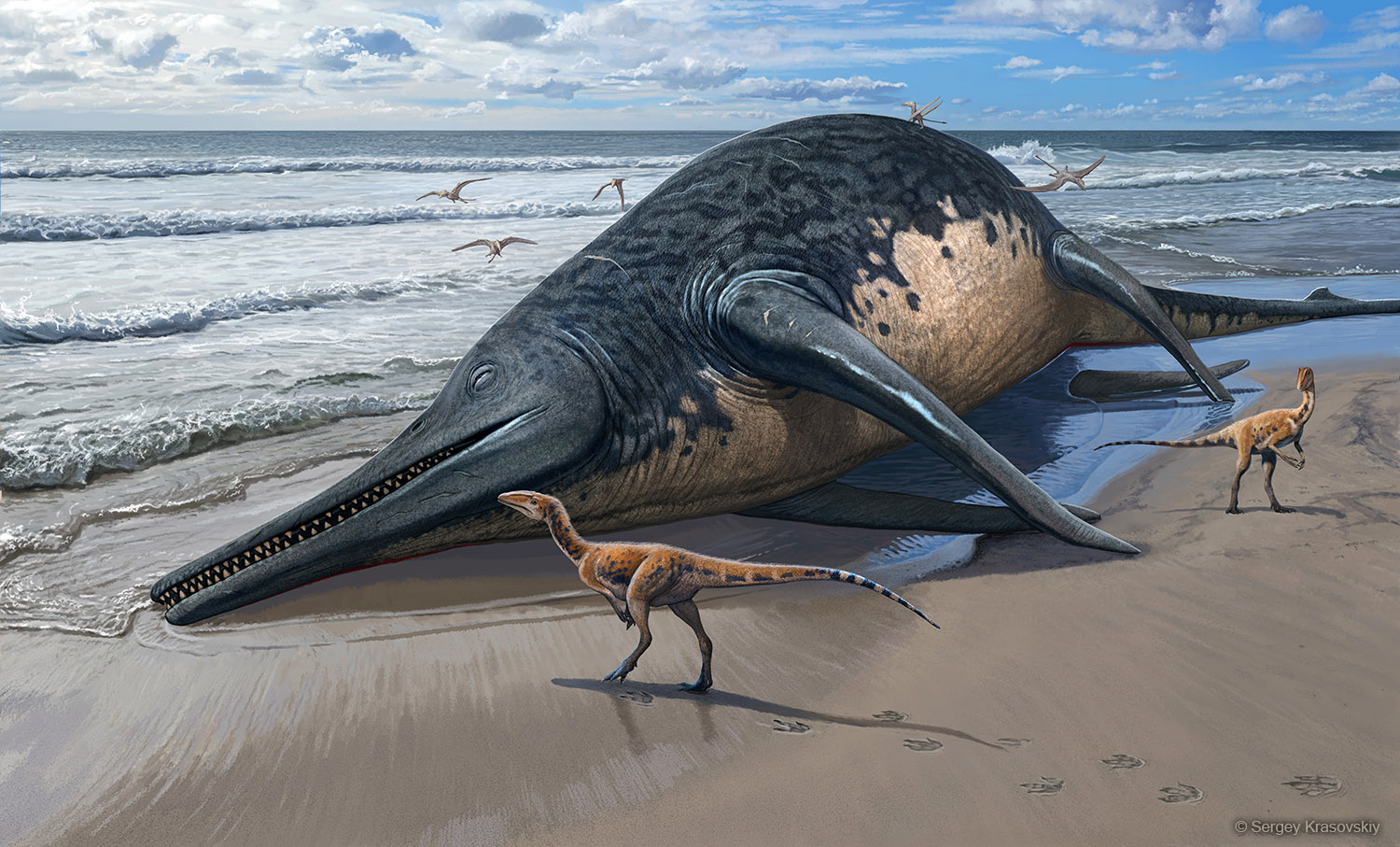-
Smartphone videos of your baby could help detect cerebral palsy
PLOS Digital Health
Those cute videos you have on your phone of your baby squirming and rolling could be used to help detect cerebral palsy, according to new Australian research. Cerebral palsy is the most common cause of physical disability in childhood, and while Read more about Smartphone videos of your baby could help detect cerebral palsy
Australia; VICMurdoch Children's Research Institute (MCRI)|The University of Melbourne -
Friend or foe, how do food inspectors maintain safety standards in Australia?
Food Control
Australia’s high standards of food safety inspections set the bar high for cafes, restaurants and other shop owners to maintain hygiene standards but new research by environmental health experts promotes the potential for more uniform and possible Read more about Friend or foe, how do food inspectors maintain safety standards in Australia?
Australia; New Zealand; International; VIC; SAFlinders University|La Trobe University -
No clear link between weather and common muscle and joint symptoms
Seminars in Arthritis and Rheumatism
There is no clear connection between the weather and back, knee or hip pain, a University of Sydney led study has found, challenging a common belief that changes in weather parameters, such as temperature and humidity can trigger musculoskeletal Read more about No clear link between weather and common muscle and joint symptoms
Australia; International; NSW; VICThe University of Sydney|Monash University -
Zinc discovery holds promise for people with cystic fibrosis
Proceedings of the National Academy of Sciences (PNAS)
Researchers found that in people with CF, immune cells called macrophages are defective in a zinc pathway that the body uses to kill bacteria - it may partly explain why they’re more susceptible to bacterial infections. The researchers also Read more about Zinc discovery holds promise for people with cystic fibrosis
Australia; International; QLDThe University of Queensland|Institute for Molecular Bioscience -
Fitter female Aussie rules footy players may be more skilful, but not less likely to be injured
PLOS ONE
An Australian study of 223 female Australian football players across five competition levels found fitter players tend to be more technically skilled, but are not necessarily less likely to injure themselves. The researchers measured physical Read more about Fitter female Aussie rules footy players may be more skilful, but not less likely to be injured
Australia; New Zealand; VIC; QLDBond University|AUT University|Victoria University -
Reading mouse minds lets scientists know where they are and where they're looking
Biophysical Journal
Using artificial intelligence (AI), US scientists have been able to decode the brain activity of a mouse to tell where it was located and which direction it was facing. The work was funded by and involved the US army, but before you freak out about Read more about Reading mouse minds lets scientists know where they are and where they're looking
InternationalUniversity of Tennessee Knoxville, USA -
The effects of trauma can be very different for men and women
JAMA Network Open
US and Danish scientists investigated the outcomes for 1. 3 million Danish people in the five years that followed a traumatic experience, and found men were more likely to turn to drink and drugs to cope, while women were more likely to develop Read more about The effects of trauma can be very different for men and women
InternationalUniversity of California, USA -
Transgender men who don't get periods may still need to be using contraception
Cell Reports Medicine
Some transgender men who no longer have periods as a result of their gender-affirming hormone treatment could still be at risk of pregnancy, according to international research. The team looked at the ovaries of 52 trans men after gender-affirming Read more about Transgender men who don't get periods may still need to be using contraception
InternationalAmsterdam UMC, The Netherlands -
EXPERT REACTION: Big data detects COVID-19 vaccine safety signals
Vaccine
International researchers have linked very rare neurological, blood and heart related medical conditions to COVID-19 vaccines by using big data to better understand and monitor vaccine safety. However, the findings translated to an extremely small Read more about EXPERT REACTION: Big data detects COVID-19 vaccine safety signals
Australia; NSW; VICMurdoch Children's Research Institute (MCRI)|The University of Sydney... -
Experts warn of 'short term gain and long term pain' in public-private partnership hospitals
New Zealand Medical Journal
Experts have warned that public-private partnerships for hospitals could result in unacceptable disparities in standards of care. In a NZMJ editorial, they write that while private, user-pays hospital systems can 'exist happily and productively' Read more about Experts warn of 'short term gain and long term pain' in public-private partnership hospitals
New ZealandUniversity of Otago










































